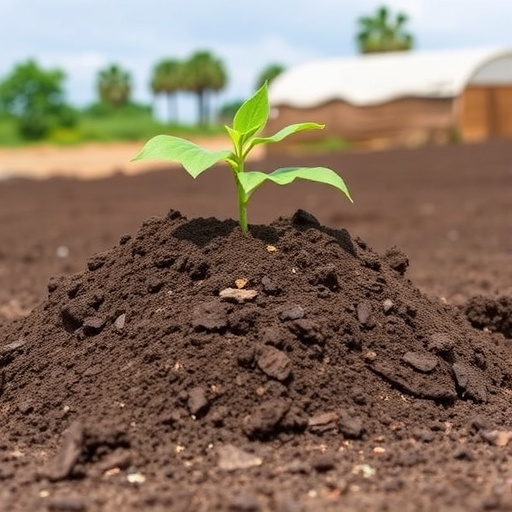Artisanal and small-scale gold mining (ASGM) has emerged as a double-edged sword, presenting both economic opportunities and grave environmental challenges, particularly in resource-rich developing nations like Ghana. This practice, while offering subsistence livelihoods to many, poses significant risks to soil health and, by extension, human health. In a recent study published in Environmental Monitoring and Assessment, researchers have taken a deeper dive into the multifaceted impacts of ASGM, utilizing advanced analytical methods to unveil the hidden dangers that lie beneath the surface of this controversial industry.
Gold mining in Ghana is steeped in history, with small-scale operations proliferating as a means of income for countless communities. However, the environmental repercussions of these activities are alarming and warrant careful examination. The researchers involved in this study aim to determine the extent of soil contamination caused by heavy metals, which commonly leach into the soil due to the mining processes, revealing a dire need for intervention and policy reevaluation.
The study utilized various pollution indices and multivariate models to assess the soil quality across several mining sites, illustrating the profound effects of these operations. By employing statistical tools, the researchers were able to systematically map contamination levels, offering an unprecedented look at how extensive and pervasive soil degradation has become in areas heavily impacted by ASGM. This quantitative approach not only highlights the severity of the situation but also underscores the urgency of addressing these environmental challenges.
Heavy metals such as arsenic, lead, cadmium, and mercury were focal points of the research, as their presence in the soil can have catastrophic consequences for both ecosystem and human health. For instance, arsenic is known to be highly toxic, and its accumulation in agricultural soils can enter the food chain through crops, posing serious health risks to consumers. This study serves as a warning: the soil that sustains local communities is being compromised, potentially leading to long-term health repercussions that could affect generations.
The researchers also investigated the socio-economic implications of soil contamination aimed at understanding how these environmental issues affect the local populace. Communities reliant on agriculture may find their livelihoods jeopardized as soil fertility diminishes and crop yields decline. Moreover, the interplay between environmental contamination and public health is alarming, with increased incidences of




